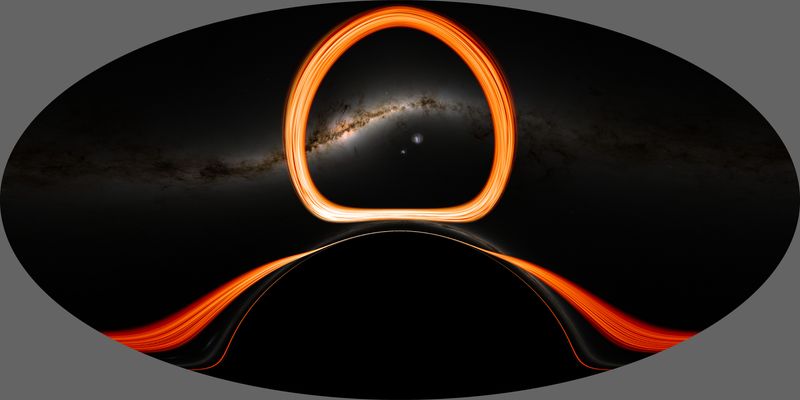Scientists have taken a different approach to search for habitable exoplanets. Instead of looking at the sky, they decided to look at Earth’s past and model what our world looked like 4 to 2.5 billion years ago.
During this epoch, known as the Archean Eon, the atmosphere was very different – rich in methane and ammonia, poor in oxygen, and covered in an orange haze. In two papers, one published in Astrobiology and the other in The Astrophysical Journal, the researchers discuss what this implies for our search for habitable worlds beyond our own.
The research highlights how the haziness of the atmosphere is strictly dependent on the light from the star. In the Archean Earth model, they describe it as a self-limiting haze. The thickness of haze depends on the temperature of the atmosphere, which in turn depends on the Sun. If the haze becomes too thick, the planet would cool over and the haze would dissipate.
Their model implies that due to the fainter young Sun, Earth was cooler by around 20 Kelvins (36°F), enough to make a significant difference but not enough to have the planet completely under ice.
“Our modeling suggests that a planet like hazy Archean Earth orbiting a star like the young Sun would be cold,” Shawn Domagal-Goldman, a NASA Goddard scientist and a member of the Virtual Planetary Laboratory, said in a statement. “But we’re saying it would be cold like the Yukon in winter, not cold like modern-day Mars.”
Depending on the starlight, planets could have had more or less haze, with the haze believed to be an open-for-all buffet for organic molecules. UV light would have helped chemical reactions, forming the precursor molecules for life.
The team believe that the presence of haze could be an indicator of potential habitability, especially with astronomers beginning to observe exoplanet atmospheres.
“Haze may turn out to be very helpful as we try to narrow down which exoplanets are the most promising for habitability,” stated lead author Giada Arney, also from Goddard and the Virtual Planetary Laboratory.
Haziness might not help find intelligent alien life, but it could teach us a thing or two about the past of our Earth and how life came to be in our corner of the universe.




